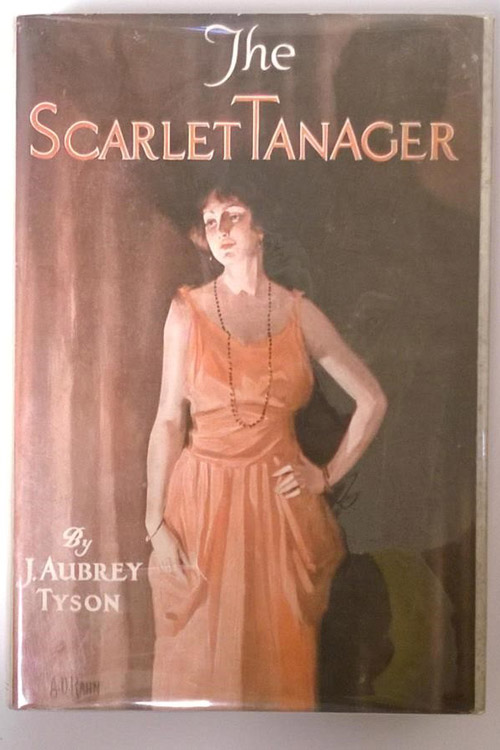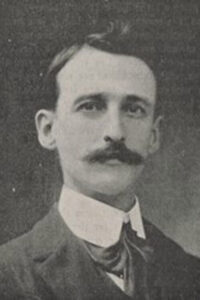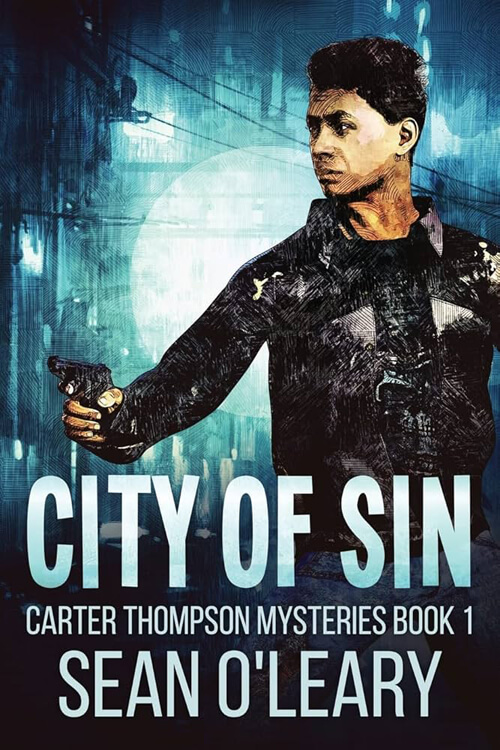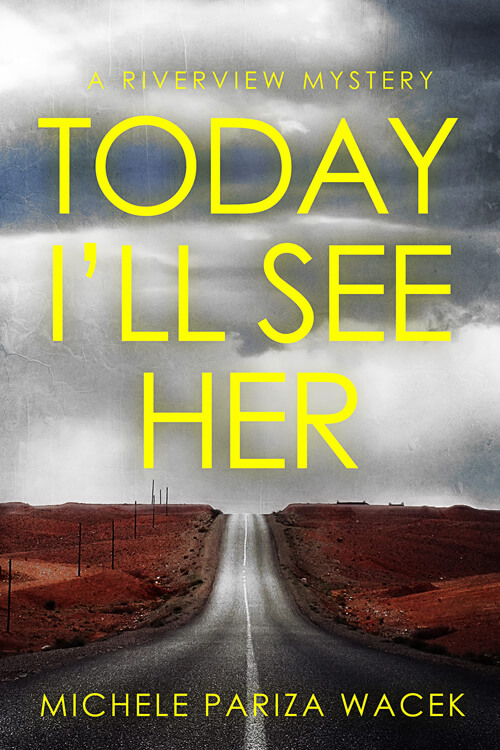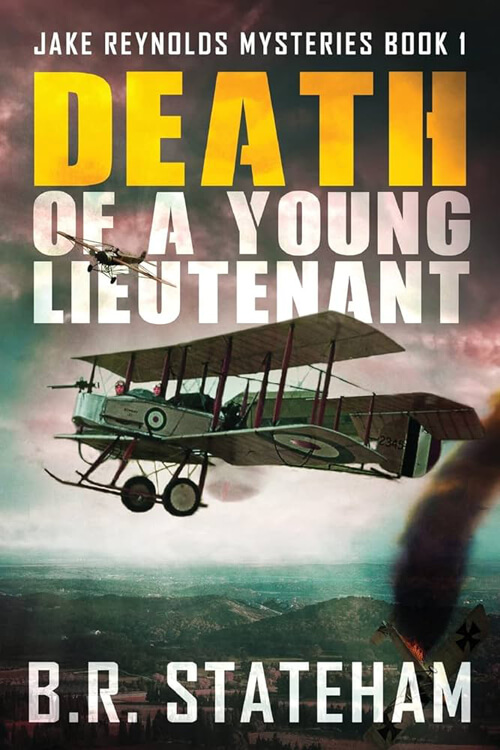
The Scarlet Tanager
“There is neither mystery nor lack of purpose in the thing, Storrow,” he said as he proceeded to strap and lock the last of his four trunks.
As he turned from the trunk, Rennison, who was about to leave Washington to become military attaché on the staff of the United States Embassy in London, glanced gravely around the large, handsomely furnished room in which he stood. From the walls, table, and desk had been removed all those articles which had invested the apartment with something of the character of its occupant. It had been the living room of his bachelor suite, a favorite resort of his acquaintances, and the scene of ripening friendships.
Though the two men presented marked differences temperamentally, Rennison had been rather more intimate with Storrow than with anyone else he had met in the long period he had been in Washington. Both were popular in society but for different reasons.
Rennison, in his thirties, was the only son of a brigadier-general, who, while a major, had married a Washington society belle. Now, however, the elder Rennison and his wife were dead. From his mother, the son had inherited a small fortune, which included a one-hundred-acre estate on the Connecticut shore of Long Island Sound. On this now lived his sister and their aunt.
Shortly after the young man graduated from West Point the United States entered the World War and Rennison went overseas with a regiment of infantry. Before he reached the battle area, however, an emergency assignment caused him to reveal qualities that attracted the attention of the Bureau of Military Intelligence. A week later he was ordered home, promoted to a captaincy, and made an aide to the Chief of Staff. Despite the earnestness of his efforts to get to the fighting front, he was compelled to remain in the United States until the end of the war. Soon after the signing of the armistice, he was sent to France and Germany, and during the two years he was abroad all attempts made by his friends to learn his whereabouts were vain. When he reappeared in Washington it was in his former capacity as an aide.
Despite his apparent fondness for society, Rennison tended taciturnity. In conversation, this sometimes took the form of quiet brusqueness. His habitual gravity seemed to mask a singular alertness of mind.
Read or download Book
J. Aubrey Tyson
J. Aubrey Tyson (Philadelphia, 6 March 1870; New York City, 16 October 1930)
Biography.
John Aubrey Tyson was the son of Clifton Walter Tyson (1847-1931), a stenographer, and his first wife, Joanna Fannie Doyle (1847-c.1890). John Aubrey Tyson had two younger brothers.
He became a journalist and worked for various newspapers in the northeast over his career. He married Catherine Josephine Brophy, who had come from England, in Manhattan on 25 November 1896. They had one daughter and were later divorced around 1905. Tyson remarried. His second wife, fifteen years his junior, was named Violet; they also had one daughter.
Tyson’s first known story appeared in a newspaper in October 1895. It was quickly followed by “The Dexter Bells,” which appeared in the December 1895 issue of the British magazine The Ludgate. From then on through the late teens, he contributed a large number of stories and serials to popular fiction and pulp magazines, including Pearson’s Magazine, Argosy, Munsey’s Magazine, The All-Story Magazine, The Railroad Man’s Magazine, The Scrap Book, Snappy Stories, and Top-Notch Magazine.
Tyson’s first of four books was The Stirrup Cup (1903), a fictional story of the courtship and marriage of Aaron Burr. His second book was The Scarlet Tanager (1922), a story of espionage and diplomatic intrigue set around the year 1930. It seems to have been moderately successful, so that the same publisher soon issued his third book The Barge of Haunted Lives (New York: Macmillan, 1923; London: Mills and Boon, 1924). This was not a new story, for it had been serialized in The All-Story Magazine from November 1908 through April 1909. It begins intriguingly, and the setting is a barge anchored off Long Island, where nine men and one woman, most of whom do not know each other, have been brought together by their host to tell their respective stories so that the haunted aspects of their lives become clear to all. The guests are known to each other only by descriptive names such as the One-eyed Duck Hunter, the Veiled Aeronaut, the Sentimental Gargoyle, the Decapitated Man, the Fugitive Bridegroom, and others.
The book (likely inspired in form by the nested stories in Robert Louis Stevenson’s New Arabian Nights) begins promisingly, but as successive tales are told the implausibilities and sheer artificialities of the novel’s construction become increasingly distracting to the reader. The whole scenario is complicated and convoluted well before it reaches the end. Many of the intertwined stories are tales of adventure, and though the book has a reputation for supernatural content, this is very much overstated. For instance, to one teller, a certain woman appeared to be a vampire, but we quickly learned that was not the case. Overall this is standard pulp-magazine fare, but it goes on far too long.
Tyson’s final book was a detective novel, Rhododendron Man (1930). The central mystery is that an unknown person stood in the rhododendron bushes outside a library window and shot and killed Lloyd Gasperson. Dashiell Hammett reviewed the book in the New York Evening Post, citing faults and irrelevancies similar to those that mar the tales told in The Barge of Haunted Lives:
An unskillfully wrought affair that should not baffle you. The author overlooks one howling clue pointing straight at the guilty person. The story starts with a kidnapping that has not much to do with the rest of the plot and then passes on to the murder of Lloyd Gasperson, which has nothing to do with the kidnapping.” (21 June 1930)
On 16 October 1930, Tyson’s dead body was found at the foot of a tree in Central Park in New York City. Beside him was a bottle which the police said had previously contained poison. In his pockets were rejection slips from various magazine publishers.

